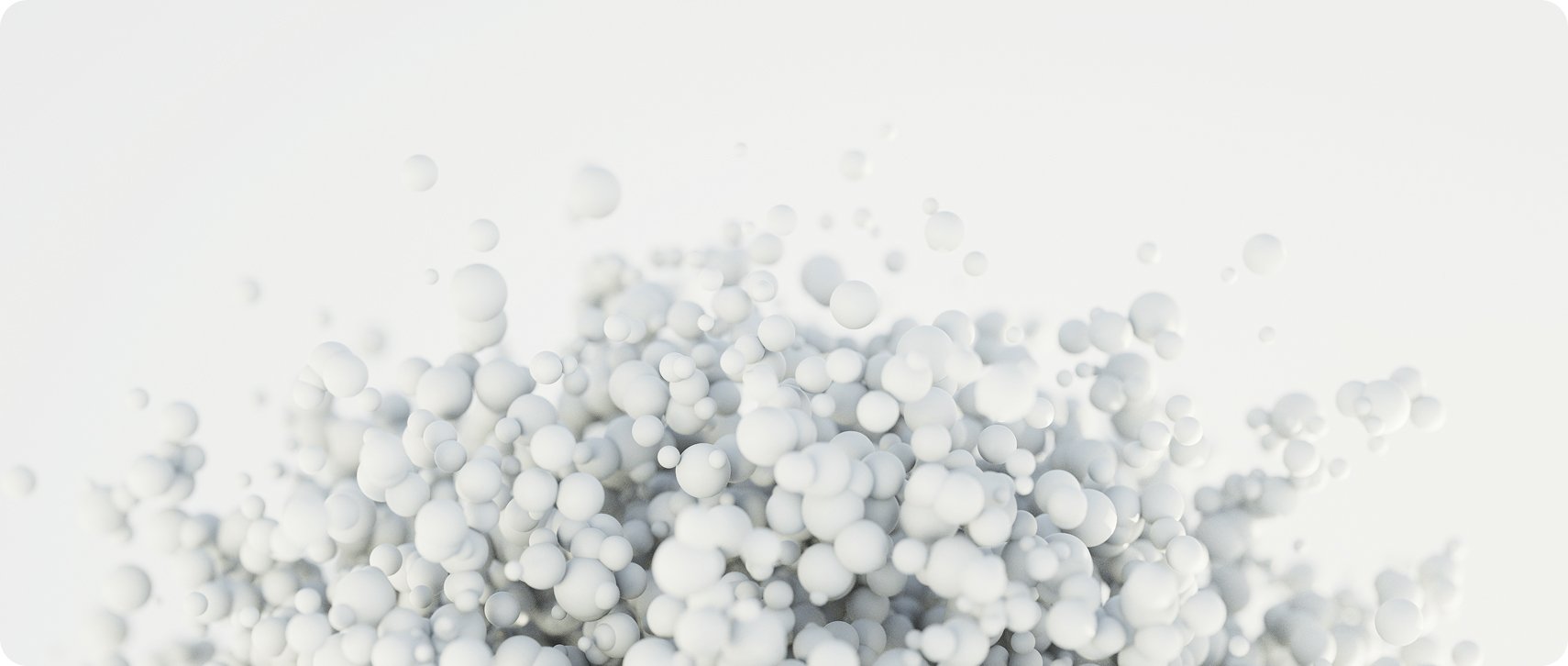Thermal cracked wax is a synthetic wax produced by breaking down large polymer molecules (like polyethylene) through high-temperature processing. Think of it as "molecular scissors" – the heat cuts long polymer chains into shorter wax-like molecules.
Key Characteristics:
1. Structural Change: Transforms from tangled long-chain polymers to shorter, more manageable molecules.
2. Improved Properties: Lower melting point (100–120°C) and better flow compared to raw plastics.
3. Enhanced Functionality: Provides superior lubrication and dispersion capabilities.
Advantages Over Natural Waxes:
Cost-Effective: Made from widely available plastics, reducing production costs.
Consistent Quality: More uniform performance across batches.
Customizable: Adjustable properties based on processing conditions.
Common Uses:
• Plastic Processing: Acts as a "molecular lubricant" to reduce friction during manufacturing.
• Masterbatches: Helps evenly distribute pigments in color concentrates.
• Coatings: Enhances surface gloss and smoothness in paints and finishes.






